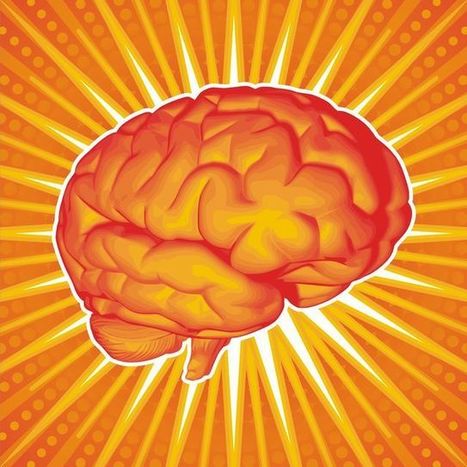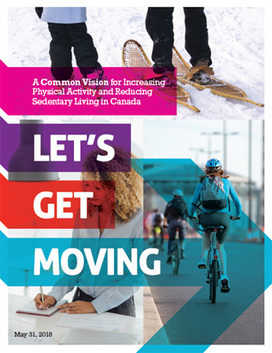 Your new post is loading...
 Your new post is loading...

|
Scooped by
John Evans
|
Exercise stimulates the growth of new neurons, Suzuki explains, in a process called neurogenesis. In addition, it increases the neurochemical BDNF, which acts as a fertilizer, strengthening neurons and making them less susceptible to breaking down. Physical activity also increases levels of serotonin, norepinephrine, dopamine and endorphins that support emotional well-being, motivation and response to stress. As we age, exercise has a protective effect on the brain, says Suzuki, making it less susceptible to neurodegenerative diseases and normal cognitive decline. With exercise, “you are making synaptic connections, and you are making more synapses grow. Movement will help your brain today and protect you against neurological decay in the future

|
Scooped by
John Evans
|
Each day more research confirms the link between movement and learning.
Brain researcher David Sousa claims that physical activity increases the amount of oxygen in our blood, and this oxygen is related to enhanced learning and memory. A Washington Post article suggests that many student behaviors we associate with ADHD may stem from an overall lack of physical movement – both in and out of school. In addition, a phenomenally popular blog post by Alexis Wiggins touched upon how much sitting students actually do every day, and how all that sitting affects energy levels and learning.
However, many secondary teachers struggle to integrate movement into the classroom. I know that as a former English teacher, movement found its way into many of my “special” lessons, but it was often a missing ingredient of daily instruction. For example, when students created commercials, searched for books in the library, or carried out debates, movement was inevitable. However, when the main focus of a lesson was reading and writing (as many are in the English classroom), movement was minimal.
I’ve included some strategies that teachers of any content area can use to integrate movement into lessons. When you have a lesson that looks “sedentary,” integrating one of these strategies will surely increase students’ learning and engagement.
|

|
Scooped by
John Evans
|
For the first time, a new study from McGill University reports that a single fifteen-minute bout of cardiovascular exercise can optimize brain connectivity and efficiency. More specifically, the researchers found that 15 minutes of aerobic exercise on a stationary bicycle immediately after practicing a complex visuomotor skill created an optimal brain state for long-term memory consolidation of the task. The findings of this study were recently published in the journal NeuroImage.

|
Scooped by
John Evans
|
The Common Vision - A Canada where all Canadians move more and sit less, more often.
Being physically active is key to good overall health and to preventing chronic disease. Levels of physical inactivity and sedentary living among Canadians are critical issues in Canada.
Never before has Canada had a singular policy focus on physical activity and its relationship to sport, recreation, health, and other relevant policy areas. The Common Vision is a new, collective way forward that will guide the country towards ways of increasing physical activity and reducing sedentary living. It is a national policy document that is intended to move the country.Footnote *
Informed and inspired by Indigenous perspectives, and input from many organizations and leaders, the Common Vision is for all that have a stake in promoting physical activity and reducing sedentary living in Canada. To make progress, bold, new steps must be taken together.
The Common Vision serves to complement and align with other relevant policies, strategies and frameworks.
|
 Your new post is loading...
Your new post is loading...
 Your new post is loading...
Your new post is loading...













